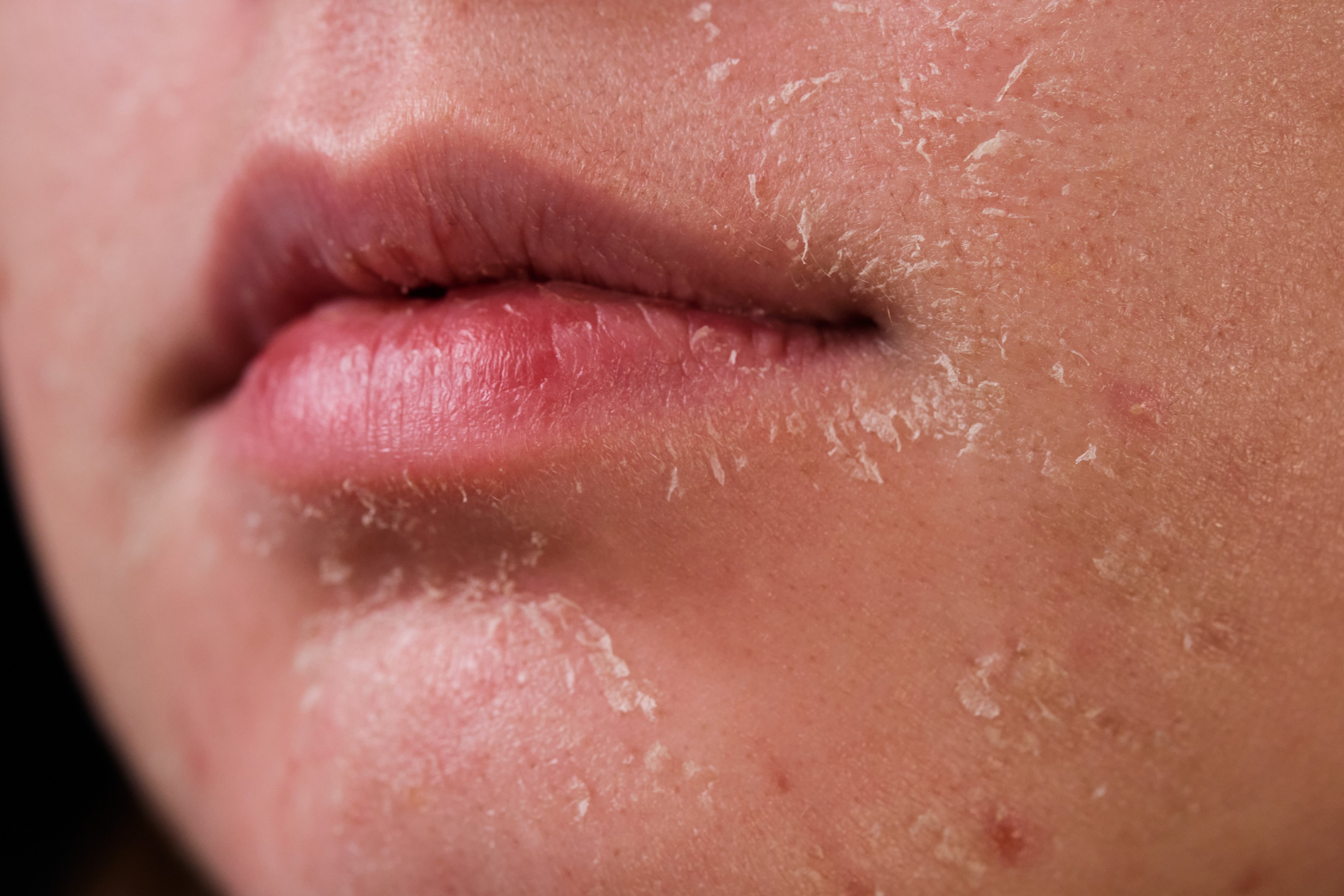
When the seasons change, you find that your skin reacts differently. It might become cracky, flaky, or dry and you feel down at heel. It happens when the temperature outside drops. During the winter, your skin might lose moisture due to the dry air, dry interior heat, decreased humidity levels, and strong wind. The skin on your face, hands, feet, and wherever else you expose yourself to the weather may lose a lot of its natural radiance as a result.
Some people’s skin is always dry, and winter is usually when it’s at its worst. Even those who are normally protected against winter dry skin may certainly experience it at some point this season. Humidity is reduced in cold air and causes skin dryness. Indoor air may become dry for a variety of reasons, including the use of heaters to combat the cold. The consequence is dry skin, which may be anything from annoyingly irritating to intensely itchy.
Tips for Keeping Your Skin Healthy During Winter
We can avoid having dry skin in winter. It is possible to maintain supple, healthy-looking skin throughout the winter by adjusting your skincare routine and switching to the appropriate products. Let’s take a deeper look at 11 suggestions that may help you maintain healthy skin throughout the winter.
- Use Sunscreen
Sunscreen is important year-round and for all skin tones. Sitting outside first thing in the morning in the winter is a terrific way to get some Vitamin D and boost your energy level. The sun, however, may also dry up the skin by damaging its protective defences. Therefore, many doctors advise patients with dry skin to take sunscreen that also moisturises. Sunscreens and sunblocks containing hyaluronic acid or ceramides are good options for protecting dry skin from the sun.
- Apply Moisturiser Every Two To Three Hours
Moisturizers do wonders! And if you’ve not applied it yet on your skin, it’s useless to ask why your skin is dry. Apply the moisturiser all over your body, beginning with your face, twice daily, upon waking and before retiring. Before dressing, moisturise your whole body from your neck to your feet with a rich body lotion. Moisturise feet and hands before putting on socks and gloves. Apply lotion to your feet and hands before donning socks and gloves. It will lock in moisture so that it may continue to soften your skin as you go about your day. After adopting this routine, you’ll be easy on the eyes of everybody.
- Stay Away From Abrasive Scrubs And Exfoliants
Scrubbing or peeling your skin with anything abrasive will further dry and irritate it. That’s why this is the worst possible thing for your skin. Never use an exfoliation more often than once per week, and steer clear of abrasive exfoliants like sugar, salt, as well as more powerful acids like glycolic acid.
- Use a Humidifier
A humidifier restores moisture to the air, which is great for dry, irritated skin. In the driest of winter conditions, they may help restore air humidity and provide skin with the moisture it needs to survive. The symptoms of dry air, such as chapped lips, brittle hair, itchy skin, and severe allergies, may be alleviated with the use of a humidifier. A humidifier may also help prevent moisture loss via the skin, which occurs when the skin’s defensive layer is broken.
- Stay Hydrated
You might be wondering why your skin is dry. Maybe you’re drinking less water. In addition to using external measures to prevent dehydration, internal hydration is essential. Since we don’t tend to feel as parched in the winter, we often drink less water than usual. However, this may lead to dehydration, which in turn leads to a buildup of toxins and, eventually, skin problems. Drink water often during the day and have a bottle handy.
DIY Remedies To Treat Dry Skin
- Make an Olive Oil Moisturiser
If you’re out of moisturiser and need some quick hydration, Adell suggests using extra-virgin olive oil instead. Olive oil’s reparative effects include vitamin E, antioxidants, squalene, and more. Adell adds that the possibility of pore blockage makes this a poor option for anyone with acne-prone skin. Consult a doctor to make sure olive oil is safe to use directly on your skin before trying it. While olive oil has anti-inflammatory properties, topical use on its own may be harmful to the skin’s protective barrier.
You should use olive oil sparingly, adding just a few drops to a face mask or rubbing it into particularly dry areas like your elbows, if you decide to give it a try, and you should choose a pure, or normal, version that hasn’t been refined with other oils.
- Use Coconut Oil at Night
Coconut oil is widely used as a natural remedy for beautiful hair and skin. At room temperature, coconut oil turns into a solid, making it ideal for use as a nighttime or anytime moisturiser. Apply the oil to your feet and hands, and then cover them with thick socks and non-latex gloves.
- Use Some Old-Fashioned Petroleum Jelly
You probably have some Vaseline stashed away in your bathroom medicine cabinet. The petroleum jelly inside of them is great for soothing chapped skin, preventing further dryness, and promoting faster skin recovery. Plus, some research suggests that using petroleum jelly anywhere on your body, including your lips and eyelids, is completely safe. Some devotees of petroleum jelly go so far as to sleep with it spread all over their faces. Petroleum jelly may be used as required throughout the day, although it is most effective when applied to moist skin. If you have acne-prone skin, you should probably avoid applying it to your face.
- Use Aloe Vera on Chapped, Red Skin
Although most people associate aloe vera gel with soothing sunburns, it also works well as a moisturiser during the cold, dry months of winter. It helps by calming inflammation caused by dryness and may even slow down the ageing process, prevent acne, and heal wounds. Before applying aloe to a broad area of skin, a patch test should be done, since some persons have an allergic reaction in the form of contact dermatitis (a kind of eczema).
- Treat Areas of Dry Skin with Honey
Honey’s humectant and emollient properties make it a useful skin care product. Dermatitis, psoriasis, and dandruff are just a few of the skin problems for which it may be used as an alternate therapy. Wounds may also be effectively treated with honey, particularly manuka honey. It is naturally antimicrobial and has a thick consistency that serves as a barrier against infection while also keeping the affected area moist.
Honey’s soothing and moisturising effects make it an effective spot treatment for dry, irritated skin and a useful ingredient in homemade face masks. Honey may be applied to the face in modest quantities for the greatest benefits. You should let it sit for a while before washing it off.
Conclusion
In the winter, your skin is more likely to dry out, which may create problems like cracking and even bleeding. Therefore, try out the aforementioned tips and choose the remedy that best suit your skin. Otherwise, see a dermatologist right away for the most effective treatment of your skin condition.
